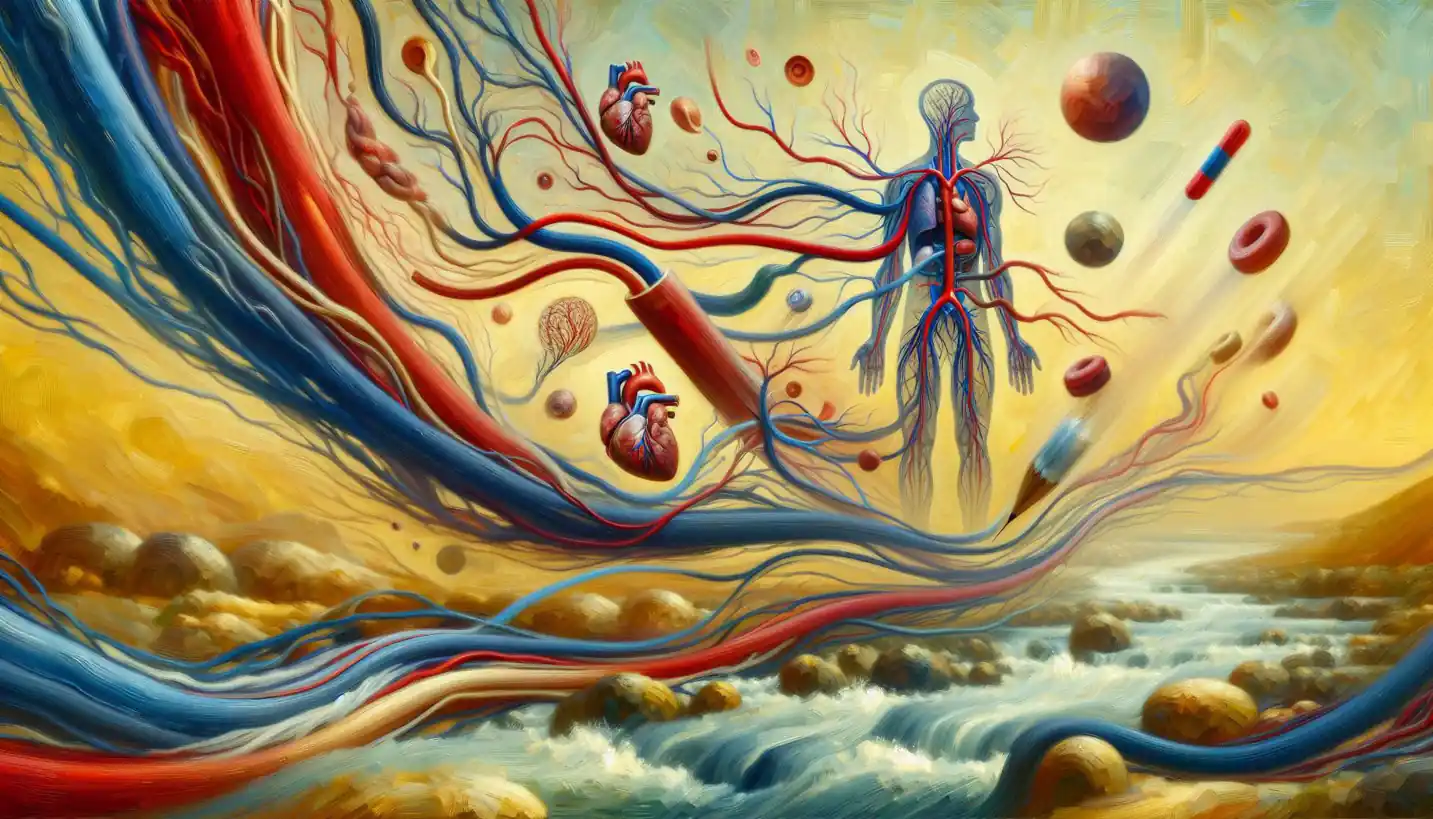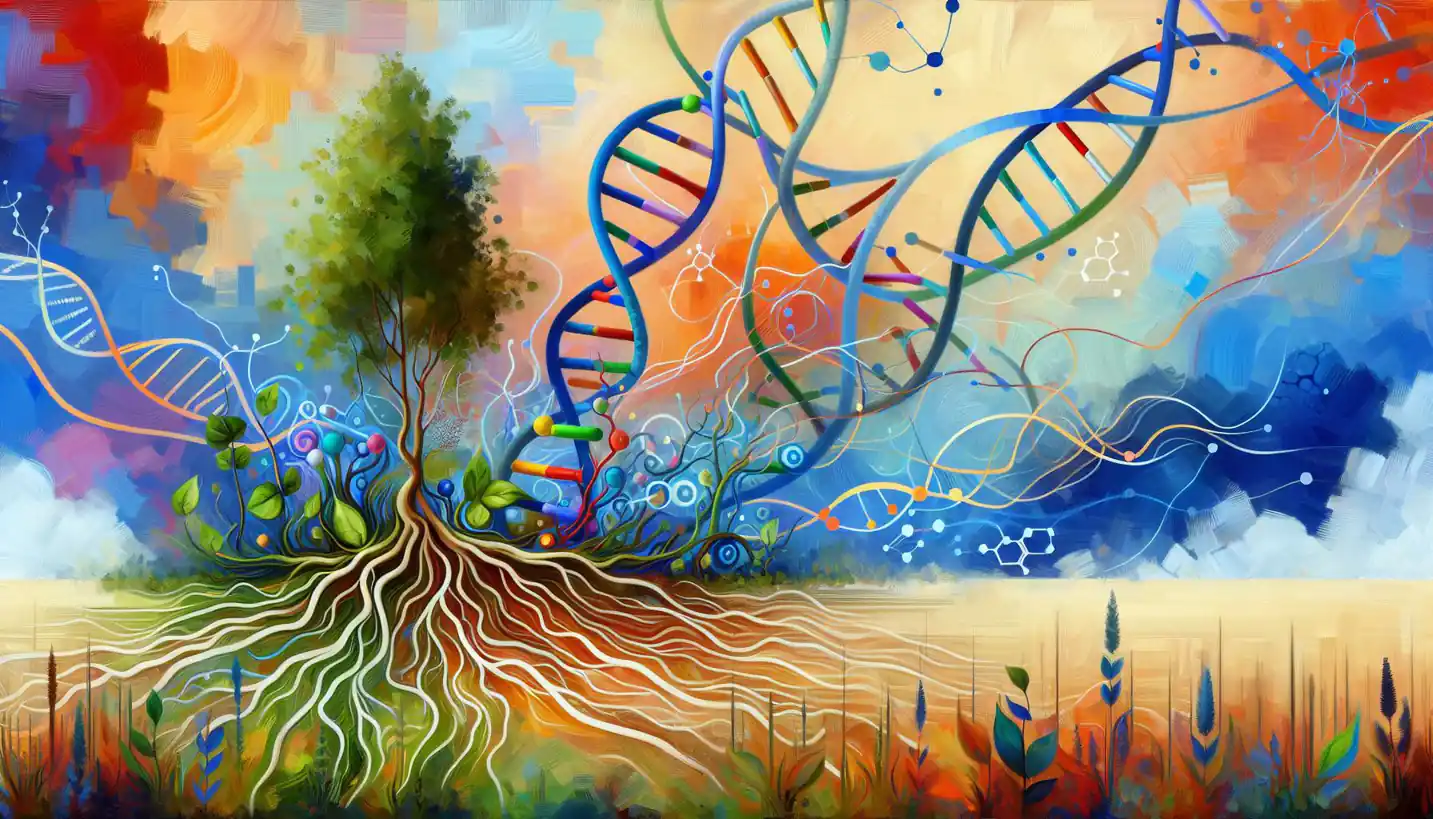· Biology · 4 min read
Phenotypic Plasticity: Unraveling Nature's Flexibility
Phenotypic plasticity showcases nature's flexibility in adapting to changes. Delve into how organisms alter traits in response to environmental shifts.

When we wander through a garden or a forest, we see a stunning variety of plants and animals, each uniquely shaped by their environment. This incredible diversity isn’t just about different species, but also about how each creature can adapt in remarkable ways. This adaptability is what scientists call “phenotypic plasticity.” It’s a fascinating concept in biology that reveals how organisms change in response to their surroundings.
What is Phenotypic Plasticity?
Phenotypic plasticity is like a “flexibility superpower” that organisms possess. It lets them change their physical traits or behaviors based on environmental conditions. Think of a chameleon changing its color to blend into different backgrounds or a plant altering its leaf structure to soak up more sunlight in shady conditions. This kind of flexibility helps organisms survive and thrive when the world around them shifts.
The Role in Systems Biology
In systems biology, phenotypic plasticity is a key concept because it shows how genes and environment interact in complex ways. Systems biologists look at organisms as integrated networks, where genes, proteins, and various biological systems communicate and influence each other. Phenotypic plasticity demonstrates how these networks adjust and change, shedding light on the incredible resilience of life.
Real-Life Examples
To grasp phenotypic plasticity better, let’s dive into some captivating examples.
Chameleons and Camouflage
Chameleons are iconic examples of phenotypic plasticity. These reptiles can instantaneously change their skin color to match their environment. This isn’t just for hiding from predators—it’s also a way to communicate or even regulate body temperature. The color change happens because of special cells in their skin called chromatophores, which expand or contract to produce different hues.
Dandelions and Environmental Adjustment
Consider the dandelion, a common plant with a surprising knack for adaptation. In windy areas, dandelions tend to grow shorter and produce heavier seeds. This change helps them survive tough conditions, as the seeds won’t blow away too easily. In calm environments, they grow taller with lighter seeds to spread more widely. The dandelion’s ability to modify its growth strategy based on surroundings is a classic case of phenotypic plasticity.
The Science Behind the Change
Phenotypic plasticity might sound like magic, but there’s solid science behind it. It’s all about gene expression, which is how certain genes are turned on or off under different circumstances. Imagine your genes as a library. Not every book (or gene) is relevant at all times. Depending on various factors, different “books” are pulled off the shelf and “read,” or genes are expressed. This selective expression is what allows the organism to adjust to new conditions.
Evolutionary Advantages
From an evolutionary standpoint, phenotypic plasticity is a major survival tool. It can give organisms the ability to cope with sudden changes in their environment, like shifts in climate or food availability. This adaptability often leads to greater survival rates and can influence evolutionary paths.
Take the stickleback fish as an example. In marine environments, they have bony armor to protect against predators. However, in freshwater, some populations have evolved to lose this armor because it’s no longer necessary and requires too much energy to maintain. This shift makes them more streamlined and efficient in their new habitat.
Implications for Future Research
As scientists continue exploring phenotypic plasticity, they’re uncovering surprising insights about resilience and adaptation. This research has potential applications in understanding climate change impacts, helping breed more adaptable crops, and even learning more about human health.
For instance, studying how plants adjust to different environments can guide agricultural practices, allowing for the development of crops that can withstand harsh conditions. Similarly, understanding how animals change their physiology could provide clues for medical science, by revealing how the human body might better withstand stress or recover following an injury.
Wrapping Up the Wonders of Adaptability
Phenotypic plasticity reminds us of nature’s incredible resourcefulness and adaptability. It shows that life is not only about survival of the fittest but also about the smartest, or in this case, the most adaptable. As we continue to explore this concept, we may uncover even more about how organisms thrive amidst changing conditions. This understanding could lead to amazing advancements in technology, agriculture, and medicine, ultimately helping us navigate our ever-evolving world.
As researchers delve deeper into the intricate dance between genes, environment, and phenotype, the narrative of life becomes even more intricate and beautiful. With phenotypic plasticity at the forefront, we gain a richer, more dynamic understanding of how life adapts, survives, and flourishes in a constantly changing world. This journey into the heart of adaptability is not just for scientists; it’s a window for all of us to appreciate the extraordinary resilience woven into the fabric of life.



